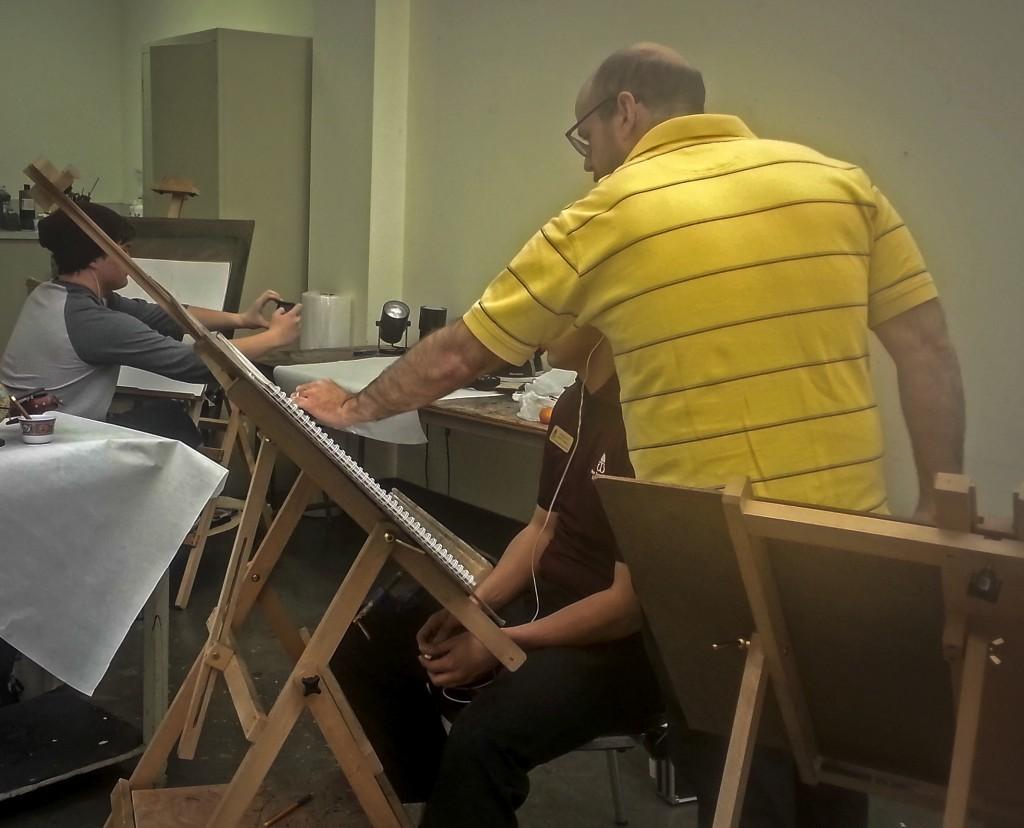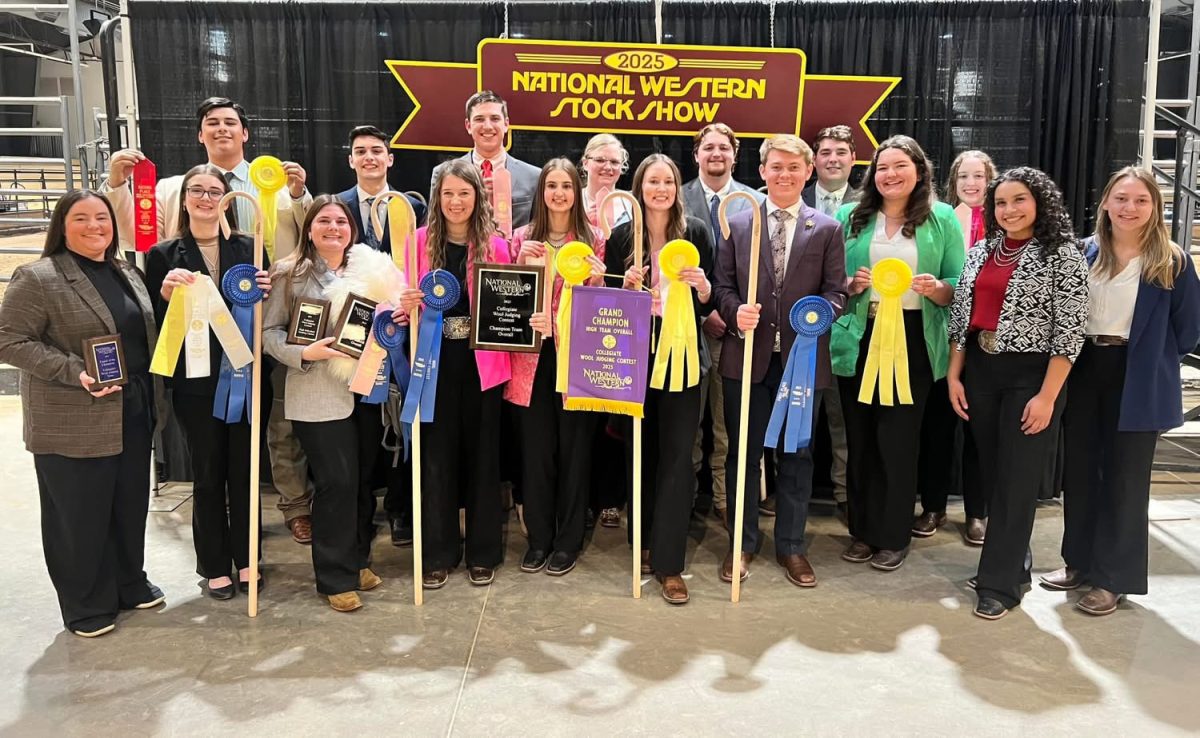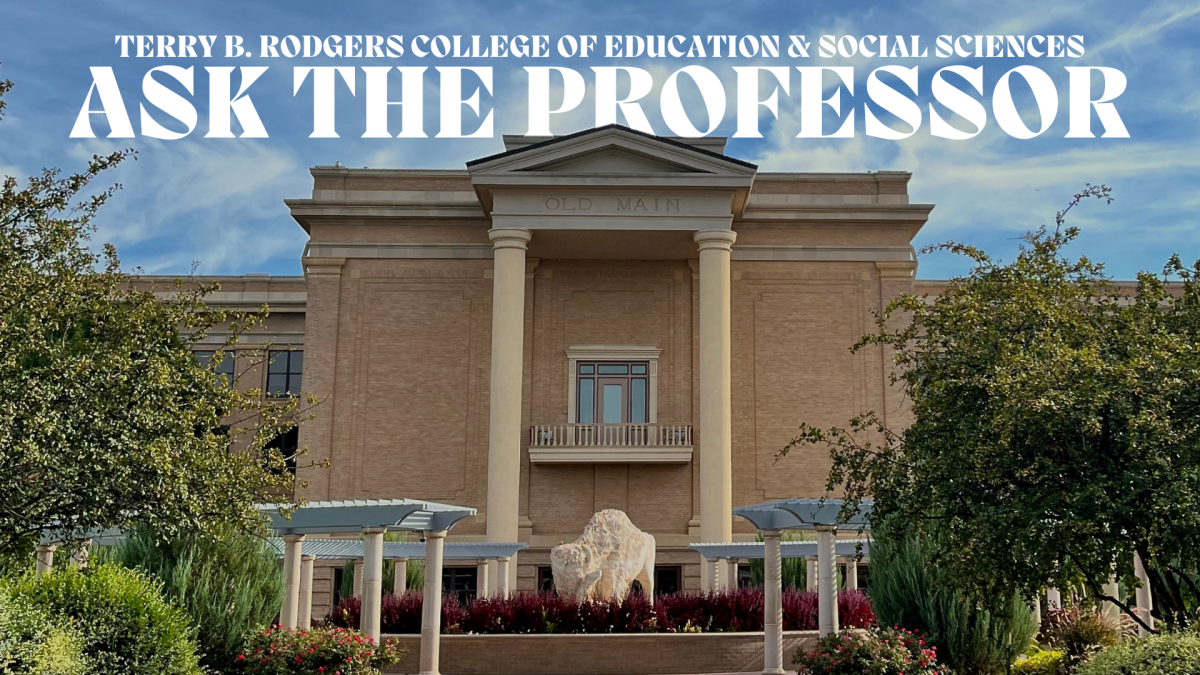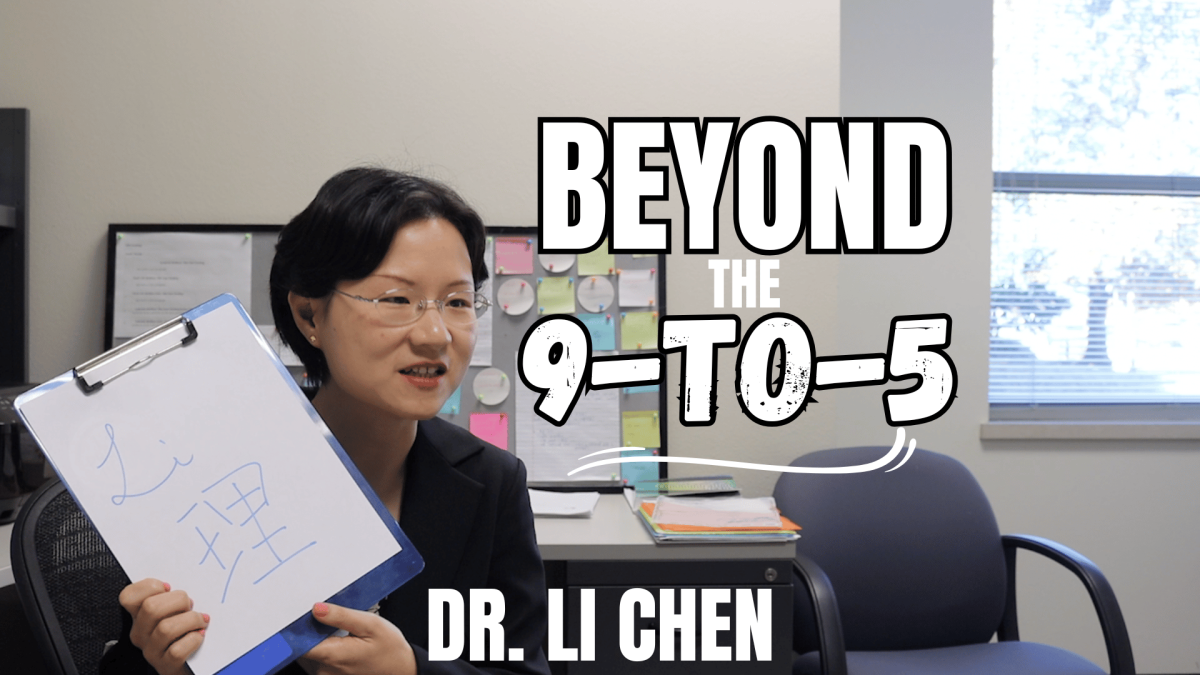
Fast Company reported in 2014 that, “Since 1932, Disney has been the only entertainment studio to continue an unbroken tradition of offering free life drawing classes for its artists within its studios. The idea is that understanding and capturing the anatomy and sense of motion from a live model improves animated drawings and gestures.”
Life drawing classes may not be free to the students of West Texas A&M University but the tradition of learning the human form and understanding the importance of proportion, structure and the fluidity of the human body is just as stressed on campus as it is in the big league companies like Disney.
“The human form is the basis for all aesthetics,” Jon Revett, Assistant Professor of Drawing and Painting, said. “Almost everything that is man-made is based on the human scale. Drawing from the model familiarizes students with this scale and this helps them make their own work more appealing, be it graphic design, sculpting, painting, etc.”
Before students work with life models they must first complete courses that focus primarily on still life drawing. This familiarizes the students with drawing a three dimensional object and trains them for working with live models.
“Drawing from a model has been the gold standard in arts education for centuries, and drawing still life allows a student to get comfortable with the medium before they have a live human in front of them,” Revett said.
Once the students move to working with live models they are placed in a stacked class meaning several levels of students are placed in one class. Each level of student is required to participate in the same daily exercises but expectations are raised as the student advances throughout the courses.
“I make the student draw on the second day of class, then I pull that drawing out at the end of the semester, and gauge how much they have grown through the semester,” Revett said.
The models come in around week four of the semester and work with the class for about eight to ten weeks. The models can be students from around campus or outsourced models. One model that has frequented the classroom is a six foot tall, blonde hair, blue-eyed male, Shane Hammontree. He has modeled for not only the university but Amarillo College, art groups in Lubbock, Texas and tattoo studios. Many classes have models pose in basic poses.
“Most classes start out with very short poses,” Hammontree said. “I might do something very athletic but keep the pose for an hour, but as you get into longer poses they just naturally get a little more relaxed.”
“I’ve never really had much trouble with just making myself still,” Hammontree said. “I do run and workout. I know some people think that yoga helps.”
Revett pushes the students to work professionally in the classroom and have respect towards all models. If he hears or sees any models feeling uncomfortable because of a student the student is removed immediately from the classroom.
“I remind the students this class is a privilege, and they should respect the generations of artists who learned this way before them,” Revettt said. “It also requires a level of maturity vital to one’s career success. Being able to draw a nude body in a professional environment allows students to be serious about their own work. It also deactivates body image preconceptions. All human bodies can be beautiful, and in fact, we prefer bodies that are not the societal ideal. The Rubenesque form is much more interesting to draw, as are older models, or veristic as we say.”
Hammontree does do costume or portrait modeling, but prefers to do nude or semi-nude poses which is what the life drawing class is designed for.
“We are privileged to have models since society’s view on nudity has made it difficult to find people who will allow others to draw them,” Shelby Wilburn, Painting major, said. “It’s always easier working when the source is directly in front of you then we can draw from multiple view points unlike drawing from a picture where the only view is that from the photographer.”
Hammontree has enjoyed modeling for WT and often after a session is able to take pictures of student work to put on his modeling website where he also features his resume and photos from a short film he modeled for.
“You get somewhat objectified standing up in front of a class,” Hammontree said. “Any taboo thoughts they [the students] have vanish quickly. I’ve never had any problems everyone is always very professional.”








